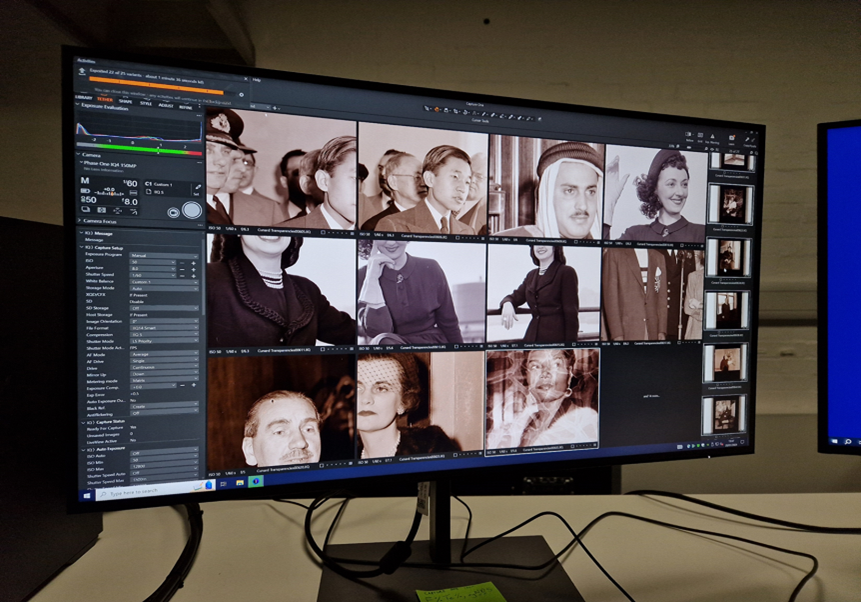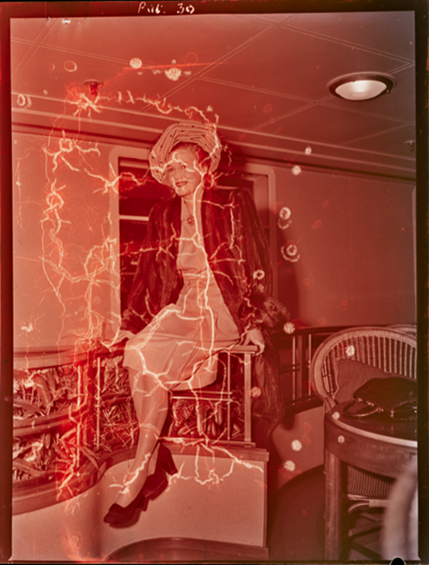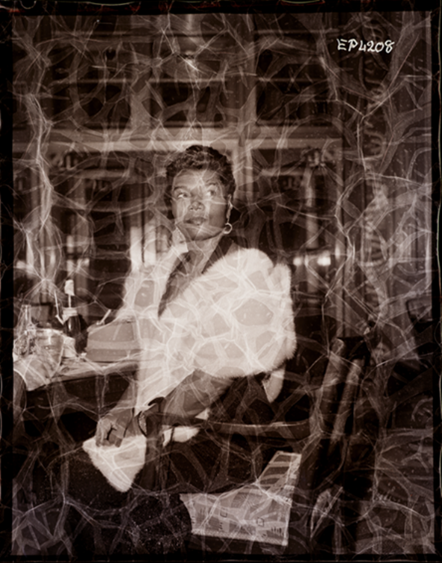As part of my role as a Libraries, Museum and Galleries Student Partner, I have been lucky enough to spend the year working in Special Collections & Archives. My project has been based around the Cunard archive, specifically, cataloguing celebrity photographs and negatives from the early- mid 20th century. It has been amazing to delve into a piece of history from the creator of one of Liverpool’s three graces, as well as some of England’s most well-known vessels such as the Queen Elizabeth 2.
Part of the conservation aspect of my work has been to digitise transparencies, virtually rendering photographs from negatives in the department’s new digitisation-suite. This is a particularly vital task given that a lot of the transparencies are suffering to varying degrees from a degradation process known as vinegar syndrome. During this process, the chemicals in the negative break down, and the image becomes distorted, and eventually lost. Using a high-tech camera and inverting the settings captures these corrupted images, oftentimes making for a really interesting picture. I have also been box listing items, providing descriptions and categorising different types of media from onboard menu cards to commemorative medallions, requiring me to dust off my long-forgotten excel skills. Honing my investigative eye has been one of the most fun aspects of this process, attempting to date pictures through analysing clothing styles, marital partners, or in the case of Clark Gable, his film catalogue – there are so many lines of examination one can undertake to try and discern the context of a single moment in time.

This role has given me an insight into the huge breadth of activity an archivist undertakes, from helping to photograph donated materials for 3D imaging, to learning the proper protocols in the reading room, to repackaging items according to modern standards, putting together displays and exhibitions, many of my days look different to the last. There has been a huge learning curve during this role, not just around technology and process, but also time management. In the early days I found myself spending lots of time on small details, which is no bad thing, but perhaps a bit time-intensive. As time wore on I got to grips with the main aims of what I was performing tasks for – to make the collection accessible and useable – and was able to prioritise towards this aim. It has also been so rewarding to demystify some of the software, and be introduced to differing means of displaying information.


Before starting in this role, I knew very little about archives. If asked, I would have said that it is all about history and solving mystery, which I now know to be just a small piece of the puzzle. In actuality it is about information management, and the balancing act that exists between conservation and accessibility. Whether it be volatile materials, data protection concerns, or information which we do not have the capability to process, much consideration has to be taken as to how to best preserve and why. Getting to experience this role in a time when digitisation is becoming more and more prevalent has also provided me with some really amazing transferable skills, insight into where the sector is headed, and where I could possibly fit into it. Most of all I have learned that whilst the archives deal in history, the archivist’s job is very much rooted in the present with an eye to the future, and this role has given me so many tools to carry forward into the pursuit of my own professional future, for which I am so grateful.
Sufya Zaidani – Libraries Museums & Galleries Student Partner